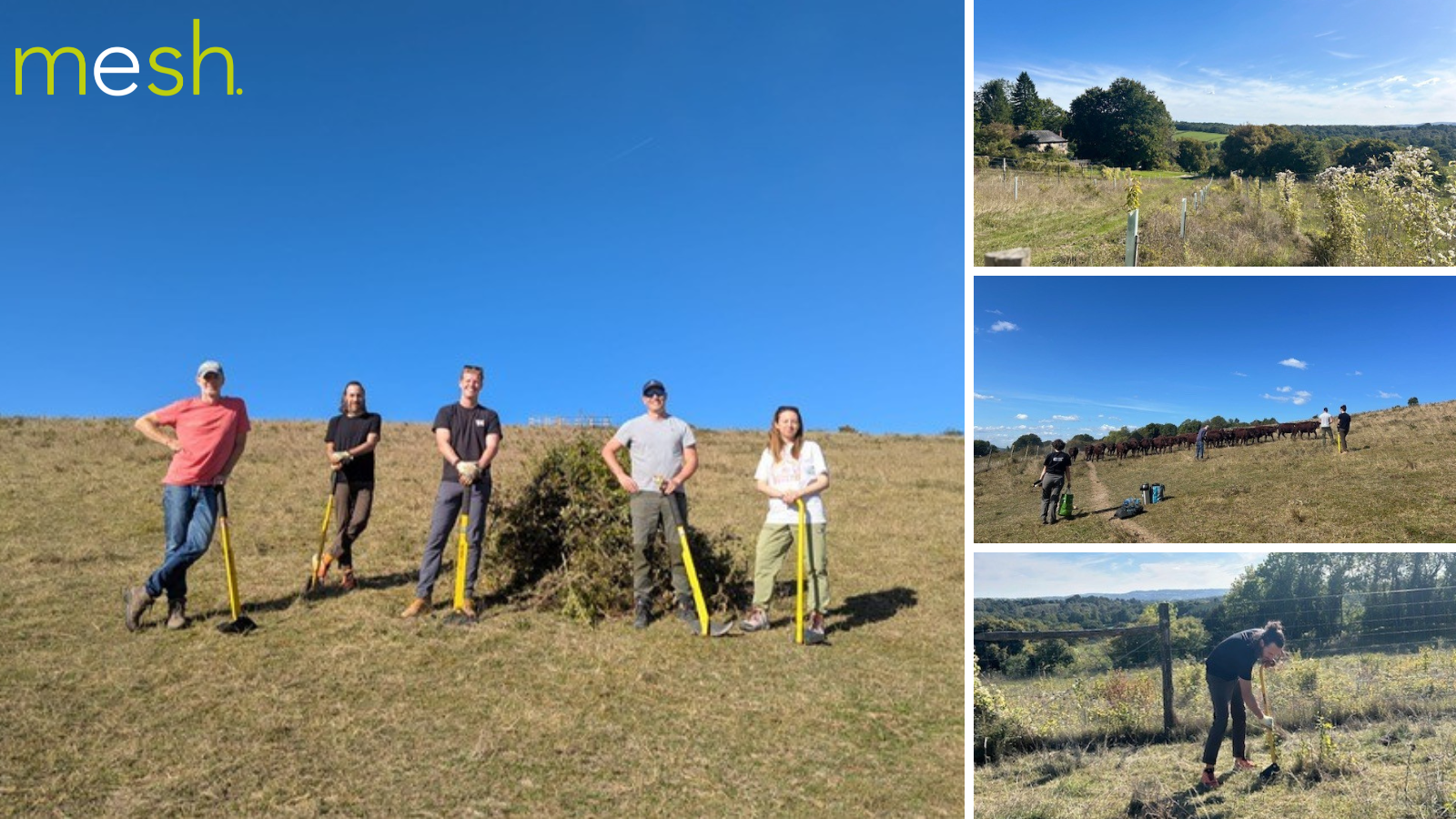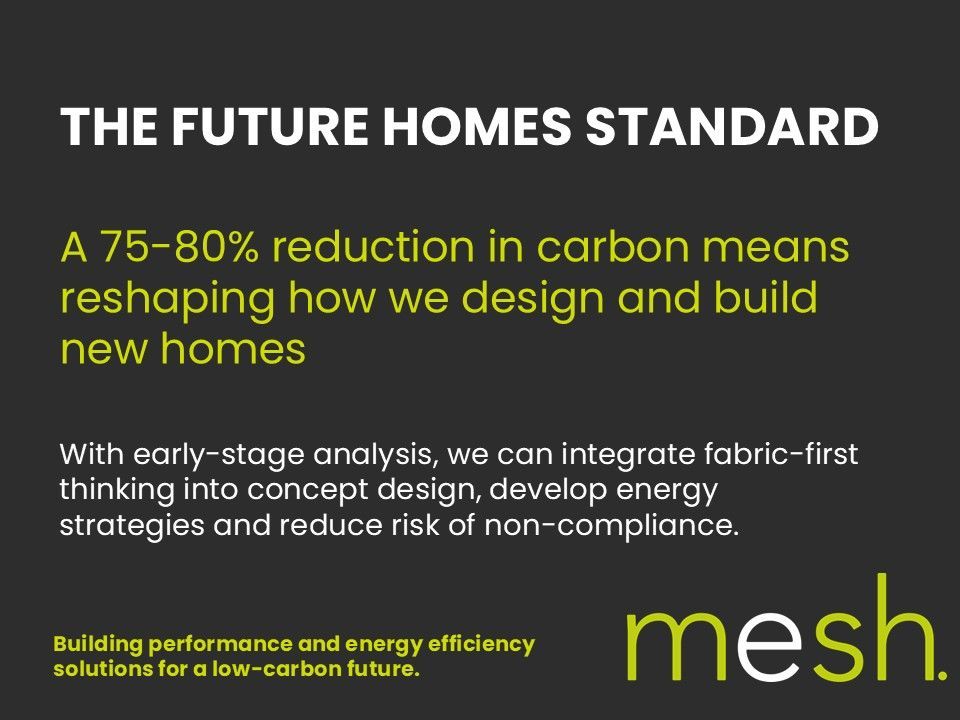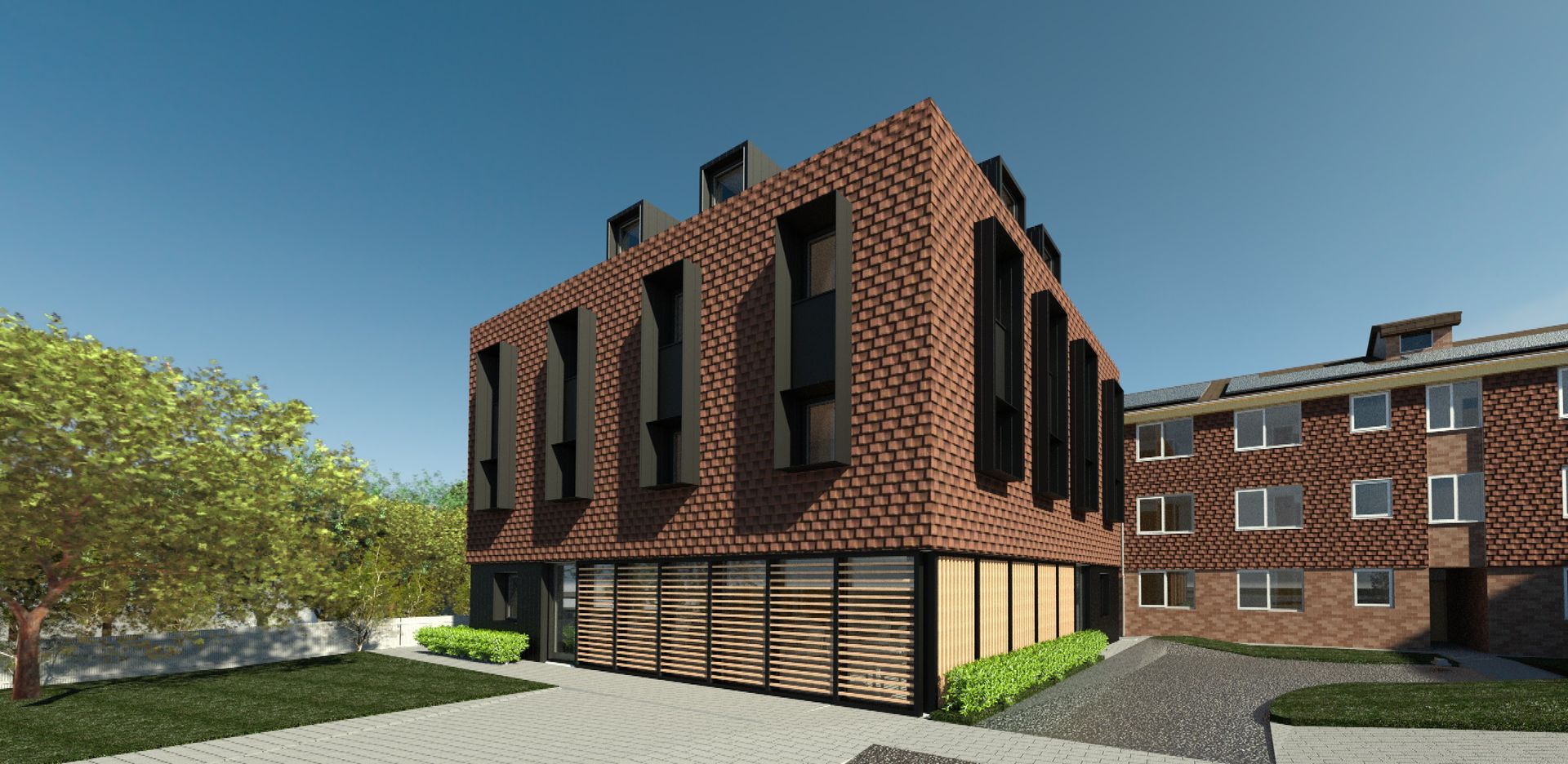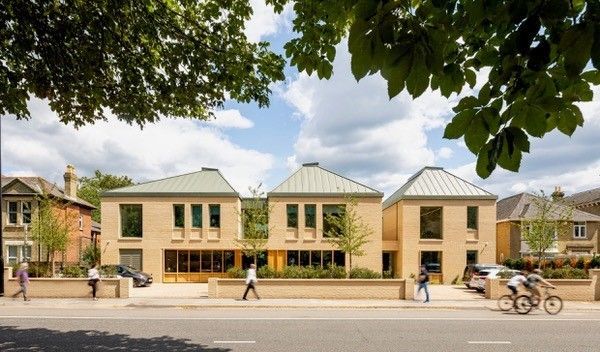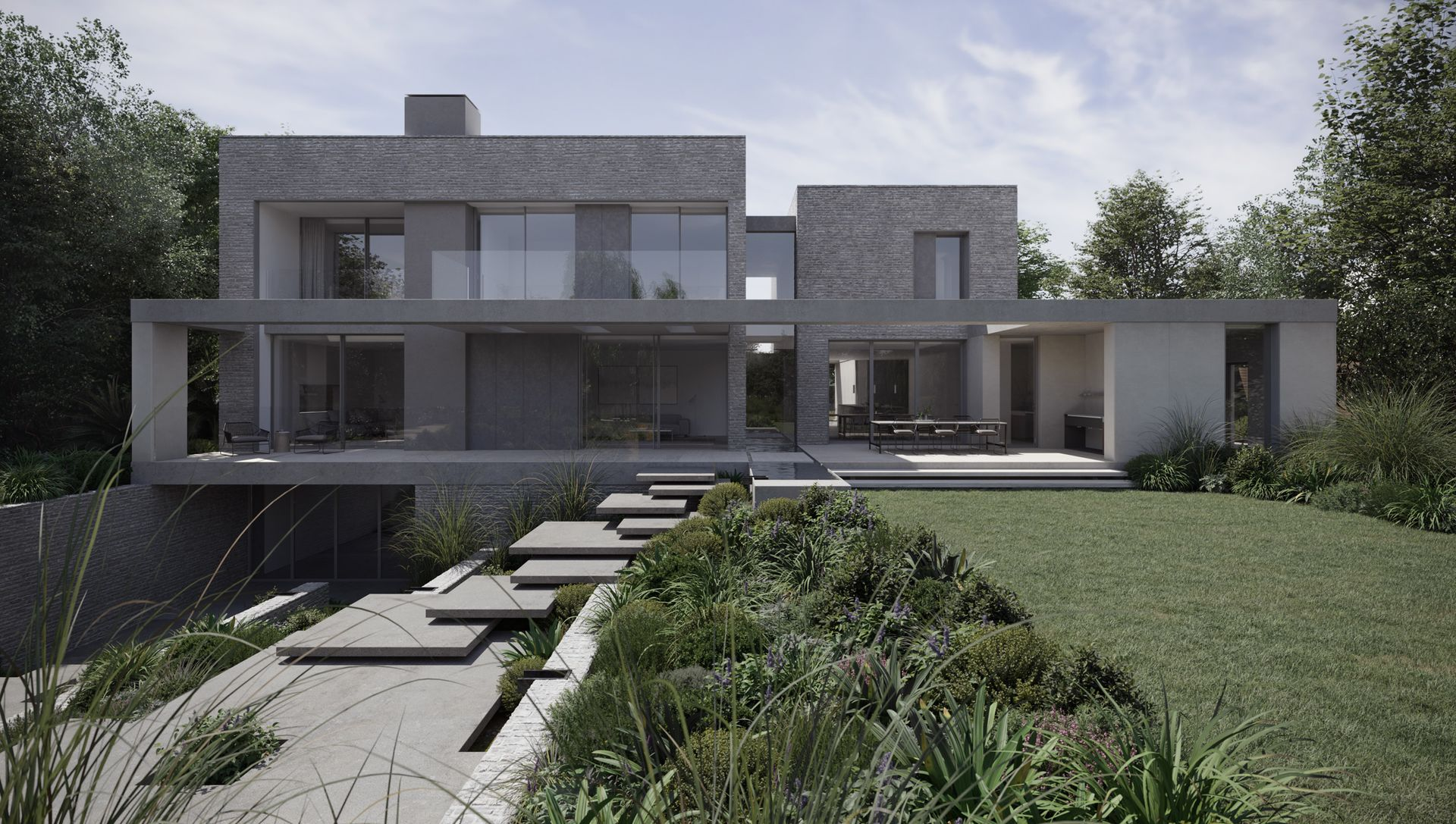What is the RIBA 2030 Climate Challenge? Mesh Energy explains
In June 2019, the Royal Institute of British Architects (RIBA) formally agreed to join the global declaration of an environment and climate emergency and support the UK Government’s commitment for net zero carbon emissions by 2050.
Drawing on work the United Nations (UN) has done creating 17 core Sustainable Development Goals (SDGs), RIBA has distilled this list to eight sustainable outcomes. This distilled list covers a range of sustainable topics from net zero operational and embodied carbon, water use, transport ecology, health and wellbeing, communities and life cycle costing. In fact, the latest RIBA Plan of Work interweaves these sustainable outcomes into the framework to ensure sustainability becomes a standard part of building design for the 21st Century.
The RIBA 2030 Climate Challenge is focused further still on four key areas around building design and emissions. The Climate Challenge aims to give architects and design professionals a framework against which building emissions and health standards can be improved over the course of the decade to contribute to the reduction in global temperature rises. Targets for 2020, 2025 and 2030 have been set in four areas for both commercial and domestic buildings.
The key areas of the RIBA 2030 Climate Challenge are
operational energy,
embodied carbon,
potable water usage and
health and wellbeing. It is a voluntary framework which can help architects designing new and existing homes and commercial buildings to reach the 2050 net zero carbon targets in a structured manner.
We’ll go through these one by one to explain a little more about them and why they are important.
Operational Energy
Total operational energy is made up of regulated components such as heating, cooling, hot water, fans, pumps and lighting and unregulated ones, such as IT equipment, electrical appliances, TVs, computers, etc. This target captures the full energy usage (and carbon emissions) once the building is occupied and is in use. It is measured in kWh/m2/year and allows for different building types and usages to be compared.
The RIBA 2030 Climate Challenge aims to reduce operational energy of domestic and commercial buildings by 75% by 2030 compared to today’s standards.
Embodied Carbon
Embodied carbon is essentially the carbon footprint of a material and for a building the combined carbon footprint of all materials and services that go into the fully functional building. Embodied carbon considers how many greenhouse gases (GHGs) are released throughout the supply chain from ‘cradle to grave’ (including materials extraction from the ground, transport, refining, processing & assembly, in use replacement and end of life). When you consider most buildings have 30-50% of the total lifetime carbon emissions in them when the building is built you realise just how important reducing this aspect is.
The RIBA 2030 Climate Challenge aims to reduce embodied carbon by at least 50-70%, before offsetting.
Potable Water Usage
Potable water is essentially drinking water which is safe to drink or used for food preparation. However, the target is widely interpreted to practically mean and include water usage such as bathing, showering, toilet flushing, clothes and dish washing, etc. Water efficiency is often picked up for new build homes under Part G of the Building Regulations but now has a focused category of its own in the RIBA 2030 Climate Challenge.
The RIBA 2030 Climate Challenge aims to reduce potable water use by at least 40%.
Health and Wellbeing
An interesting addition to the Challenge is that of Health and Wellbeing. The World Health Organisation (WHO) defines health as ‘a state of complete physical, mental and social wellbeing and not merely the absence of disease or infirmity’. ‘Wellbeing’ refers to a positive rather than neutral state, framing health as a positive aspiration!
This aspect of the challenge aims to quantify and reduce building overheating, CO2 levels, improve ventilation and daylighting and consider volatile organic compounds (VOCs) and formaldehyde levels too. Overheating is becoming an increasing issue as is air quality and ventilation, so this is a welcome addition to building design and improvement.
The proposed 2030 targets of <1% occupied hours for overheating are very tight and will take increased building physics modelling to pull off successfully.
Objective: Achieve the RIBA 2030 Climate Challenge's core health and wellbeing targets on temperature, daylight and indoor air quality.
In our opinion, compared to significantly more onerous schemes such as BREEAM or more specialist targets like Passivhaus, the RIBA 2030 Climate Challenge is well balanced to push on building design, not overly burden projects with cost and remain commercially independent for the betterment of building design through this decade and beyond.
To show just how importantly RIBA now sees sustainability and the Challenge, the prestigious awards handed out now require architects to submit substantial information and calculations showing the sustainability credentials of their development. Without these they won’t make the shortlist… and rightly so!
With thousands of practices now signed up to this and similar movements such as Architect’s Declare, there is a swell of support for the Climate Challenge and what it stands for. With live projects now delivering against the challenge and practices changing their operating procedures to incorporate sustainability, the future is bright and we might just have half-a-chance of making a lasting difference.
If you still have any questions about the RIBA 2030 Climate Challenge,
please don't hesitate to
contact the Mesh team today.
SHARE THIS POST WITH YOUR NETWORK


